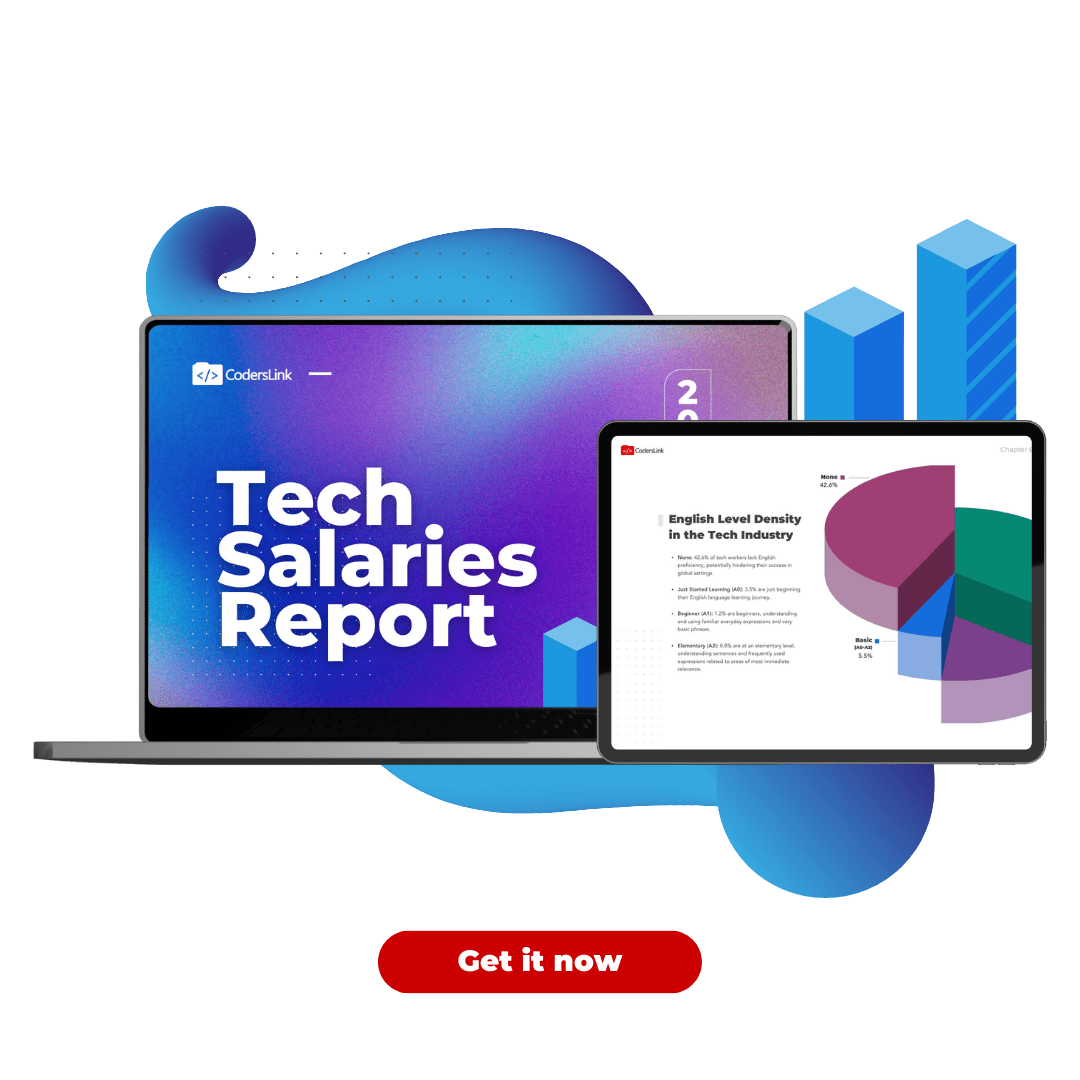
Today, the demand for remote IT teams is growing at a breakneck pace. After covid, the great movement toward digitalization meant that every company suddenly found themselves online and handling remote tech teams. As remote teams become the norm, organizations should follow remote work security best practices to avoid unnecessary risk or loss of privacy or data.
Many organizations and teams worldwide are considering a remote workforce for the foreseeable future and positive business impact. Building a remote workforce can leverage the benefits by increasing productivity, improved employee job satisfaction, and can serve as a profitable business decision for organizations.
As a result, remote working is on the rise, driven by modern business requirements and the desire for more flexible ways of working.
The Working from Home Statistics 2021 report by VPN Compass shows that people who work remotely at least once per week have grown by 400% since 2010. Over the last five years, the remote workforce has grown 44%, and over the previous ten years, 91%. That’s a pretty big growth trend. There are good reasons why companies have been embracing the remote work culture. From boosting productivity, reducing the cost of operations, and enabling access to a larger talent pool, remote work has many benefits.
But then there are security risks: Remote work poses unique security challenges for companies. As employees are not physically working on-site, they rely on their Wi-Fi networks or public networks to access the company’s data, causing a considerable change in your security landscape.
Today, ensuring security for remote workers is more critical than ever. Organizations worldwide rely on the IT department for technology solutions, especially as it’s easy for them to relate to remote work.
This article will focus on the minimum steps individual remote employees should take to safeguard their personal and company data.
Protecting your security and data privacy doesn’t have to be a complicated or daunting task. Let’s look at some simple practices you can use to keep your data safe and secure.
1. Turn on Two-Factor Authentication
Authenticating the identity of a user is an essential aspect of access control. To gain access, typically, one would require a username and password. With two-factor authentication, you can increase remote work security by creating two requirements necessary for login instead of one. Essentially, it creates an added layer of login protection.
In simple words, two-factor authentication adds a second step in your usual log-in process. Once you enter your username and password, you’ll be prompted to enter a code sent as a text message or an email, or sometimes as a push notification on your phone. This method makes it hard for malicious actors to access systems, as it’s unlikely they will have access to both pieces of information.
It is recommended businesses adopt this security measure for system log-ins.
2. Practice the Principle Of Least Privilege (PoLP).
Principle of Least Privilege (PoLP): refers to the concept and practice of restricting access rights for users, accounts, and processes to only those resources required to perform routine or authorized tasks. Do not log into a computer with administrator rights unless you must perform a specific activity. Running your computer as an admin leaves your computer vulnerable to security risk.
3. Use a secure application gateway
To address the security issues with VPNs, I recommend using an application gateway that serves as a proxy, acting on behalf of the employee’s computer, and protecting it behind the firewall.
A corporate secure application gateway is an essential security measure, especially for remote workers who use unsecured network connections. It provides better security visibility and offers one place for security teams to monitor the computers being used at home. It is also incredibly crucial that VPN endpoints are fully patched, as with any other software.
4. Encrypt your data
Encryption is designed to scramble your data so no one can understand what it says without a key. It’s not only useful for protecting information on your computer, but also for making sure text messages and emails on your phone aren’t subject to prying eyes.
Encrypting File System and disk encryption products will enable you to encrypt files, folders, removable USB drives, flash drives, and more.
5. Keep your software up-to-date
Installing software updates for your operating system and applications is vital. Always install the latest security updates for your devices and Softwares. Turn on Automatic Updates for your system. Use web browsers such as Chrome or Firefox that receive frequent, automatic security updates. Also, Make sure to keep your security browser plug-ins up-to-date.
6. Use antivirus and malware protection tools
One way of ensuring the safety and protection of your PC is by installing antivirus software. However, most people tend to forget the importance of this tool as they feel like the built-in security features in their PCs are enough to shield them from all kinds of threats and attacks.
Follow Remote Work Security Best Practices and Keep Data Safe
Every day, there’s improved security infrastructure and safeguards in place that protect sensitive data and information. Yet, there continues to be risks and loopholes that can compromise your data. As today’s dynamic workplace continues to evolve, businesses need to think about how their current security practices and strategies can evolve with these changes. There are a lot of small steps and strategies that remote teams can take to improve their cybersecurity. We must secure our devices by following best practices to keep your data safer.


